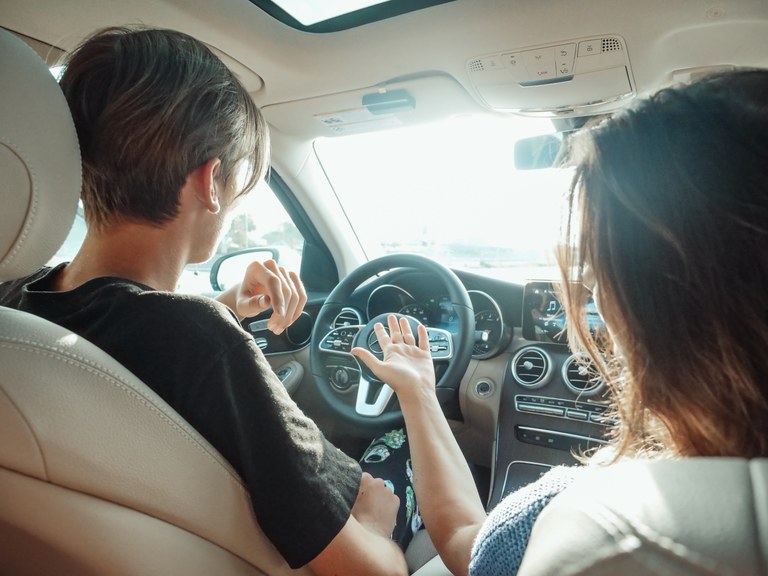Uncovering connections between gender and transportation safety
Traffic Safety Pulse News
(University of Minnesota) It’s no secret that the transportation system is an uneven playing field. Understanding disparities related to race, income, and other factors is critical, and much more work is needed. Gender in particular is an under-researched yet important aspect of the design of vehicles, infrastructure, and amenities.
To explore this issue, the Minnesota Chapter of the Transportation Research Forum hosted a virtual seminar in August. Established in 2018, the chapter is co-led by Frank Douma, a researcher with the U’s Humphrey School of Public Affairs, and Deborah Carter McCoy, director of strategic communications at the Environmental Initiative.
Seminar presenters focused on the ties between gender and personal safety in transportation—offering insight for designing a transportation system that is safe for all.
Bicycling is one area in which the disparities between men and women are clear: Women are far less likely to bicycle than men, and safety concerns are a major reason why. At the seminar, Hennepin County transportation planner Jordan Kocak described a recent bicycle passing project completed with Humphrey School of Public Affairs professor Greg Lindsey that revealed unforeseen gender-related results.
“We were exploring the factors that affected vehicle passing distance and encroachment on bicyclists using radar devices on a variety of roadways,” he said. “Unexpectedly, we found that our female rider had nearly three times as many encroachments as our male riders, and the average passing distance for our female rider was three inches closer.”
Kocak says this research, as well as other studies that show female riders prioritize safety and may have a lower risk tolerance, are informing the county’s bicycle facility planning and its effort to raise the percentage of female bike commuters. The county is currently modifying many roadways to separate bicycle facilities from traffic and connecting existing separated bike facilities. “If you have more women biking, you know you have created bike facilities that are better for a wider variety of people by allowing bicyclists to feel safe and comfortable,” he added.
